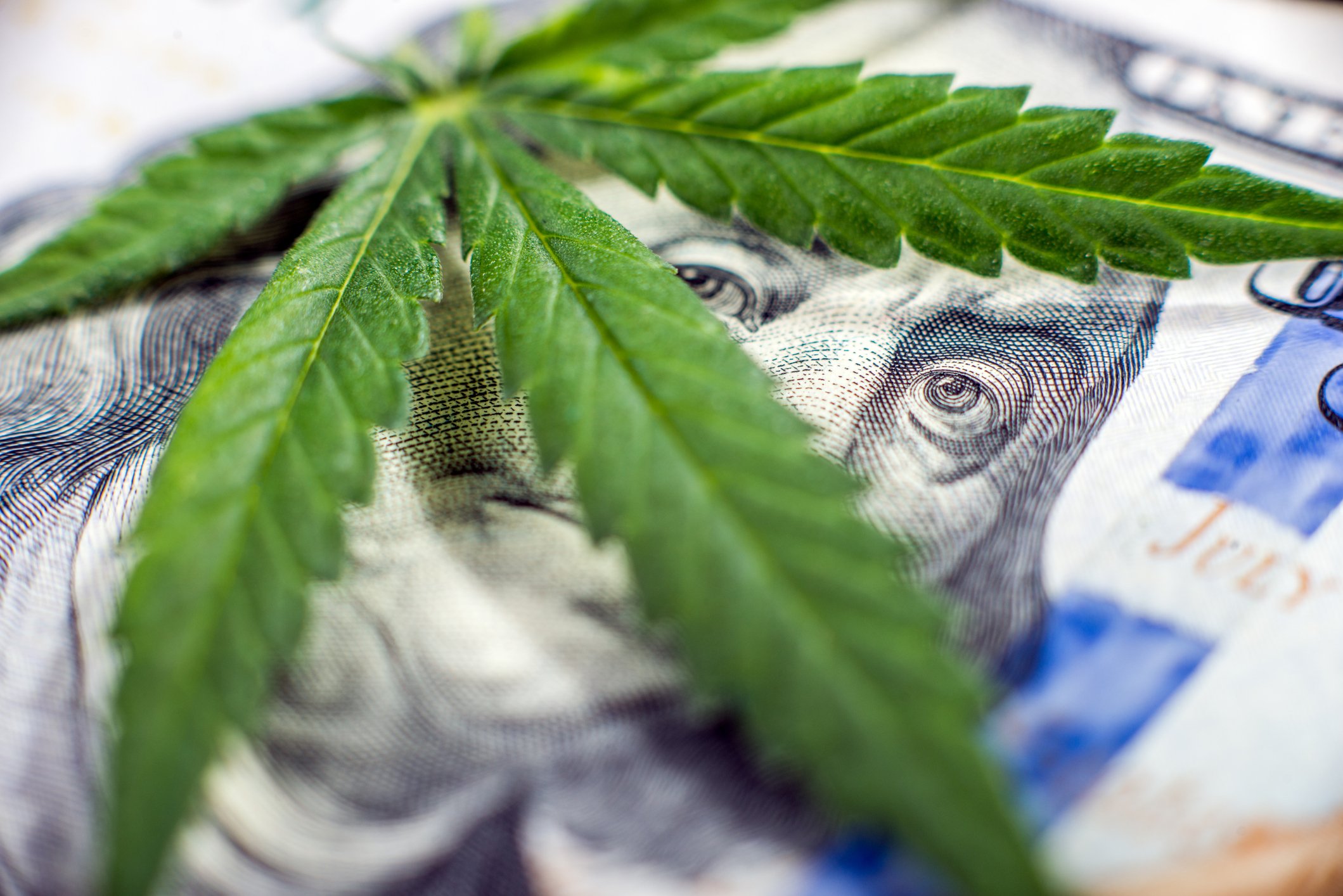With the economy showing signs of cooling off, investors will have to tread carefully when it comes to buying growth stocks. That said, there are still a handful of names worth buying, even in this uncertain economic climate.
The rare-disease drugmaker Catalyst Pharmaceuticals (CPRX +0.53%) and the Canadian pot grower HEXO (HEXO +0.00%) are perfect examples. These two names are on the cusp of some truly mind-boggling levels of top-line growth, making them great additions to any portfolio. Here's what investors need to know right now.

Image source: Getty Images.
A bright future
Catalyst's shares have more than doubled in value since the start of the year. The reason? The drugmaker's shares have taken flight in response to the strong commercial start for its newly approved Lambert-Eaton myasthenic syndrome (LEMS) treatment Firdapse. LEMS is a rare autoimmune disorder that reportedly affects around 3,000 individuals in the United States.
What's the big deal? While Catalyst garnered a fair amount of criticism for pricing Firdapse at $375,000 for a year's supply, the drug reportedly isn't getting much pushback from insurance companies in terms of coverage. That's especially good news since there is a far cheaper alternative called 3,4 DAP, which has been on the market for over 20 years at this point.
The long and short of it is that this cheaper version of the drug was expected to dampen Firdapse's commercial opportunity -- or at least slow its adoption rate in a big way. But that key threat simply hasn't materialized in the marketplace since the drug's launch earlier this year.
Although Firdapse's initial target market consists of the 300 or so patients presently on 3,4 DAP, the company expects to ramp up the number of patients on therapy to about 1500 in the next few years. If the market remains stable and Catalyst can maintain this premium pricing point going forward, there's a good chance that Firdapse will generate over $600 million in peak sales for this single indication by 2025.
As an added bonus, Catalyst is also close to two late-stage readouts for Firdapse in congenital myasthenic syndromes and myasthenia gravis. Later down the line, the company hopes Firdapse will prove to be viable therapy for a form of spinal muscular atrophy as well. These additional indications could push Firdapse into blockbuster sales territory.
All told, Catalyst's stock appears to be grossly undervalued based on its tiny market cap of $413 million. Firdapse, after all, is now a de-risked commercial asset with a bright future.
Check out the latest earnings call transcripts for Catalyst Pharmaceuticals and other companies we cover.
A cheap Canadian pot play
Valuations across the Canadian pot landscape have reached unsightly levels -- except for perhaps HEXO's. Even though HEXO's stock has shot up by 85% so far this year, this under-the-radar pot stock could still have a lot more room to run.
What's the lowdown? HEXO's shares have been on fire ever since the company announced the acquisition of Newstrike Brands in an all-share transaction valued at around $197 million. This deal should catapult HEXO into the upper echelon of Canadian pot growers with a peak annual production capacity of about 150,000 kilograms.
The key issue to understand is that the only true form of economic moat that exists in this emerging industry is sheer production output. By having a top-flight production capacity, companies can more easily establish a bulkhead in other, more lucrative market segments like edibles, beverages, etc. Dried flower prices, after all, appear to be on the cusp of a dramatic decline.
Why is HEXO's stock still worth buying? While most of its peers are trading well over 10 times next year's sales, HEXO's shares are probably hovering around something like four to six times the company's 2020 revenue haul. That forward-looking valuation is far more attractive than that of any of the top players in the field right now -- many of which may struggle to justify their rich premiums once dried flower prices start to come under pressure within the next 18 months.







